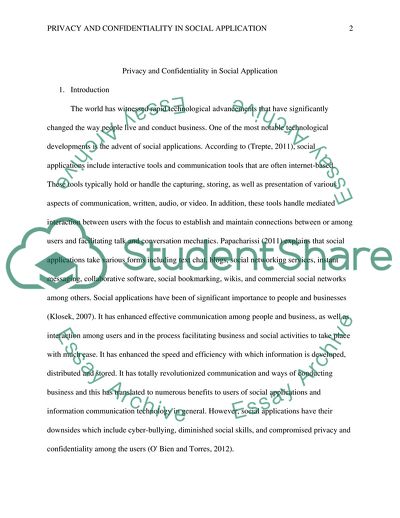Cite this document
(Privacy and Confidentiality in Social Applications Research Proposal, n.d.)
Privacy and Confidentiality in Social Applications Research Proposal. https://studentshare.org/social-science/1790456-privacy-and-confidentiality-in-soical-applications
Privacy and Confidentiality in Social Applications Research Proposal. https://studentshare.org/social-science/1790456-privacy-and-confidentiality-in-soical-applications
(Privacy and Confidentiality in Social Applications Research Proposal)
Privacy and Confidentiality in Social Applications Research Proposal. https://studentshare.org/social-science/1790456-privacy-and-confidentiality-in-soical-applications.
Privacy and Confidentiality in Social Applications Research Proposal. https://studentshare.org/social-science/1790456-privacy-and-confidentiality-in-soical-applications.
“Privacy and Confidentiality in Social Applications Research Proposal”. https://studentshare.org/social-science/1790456-privacy-and-confidentiality-in-soical-applications.


